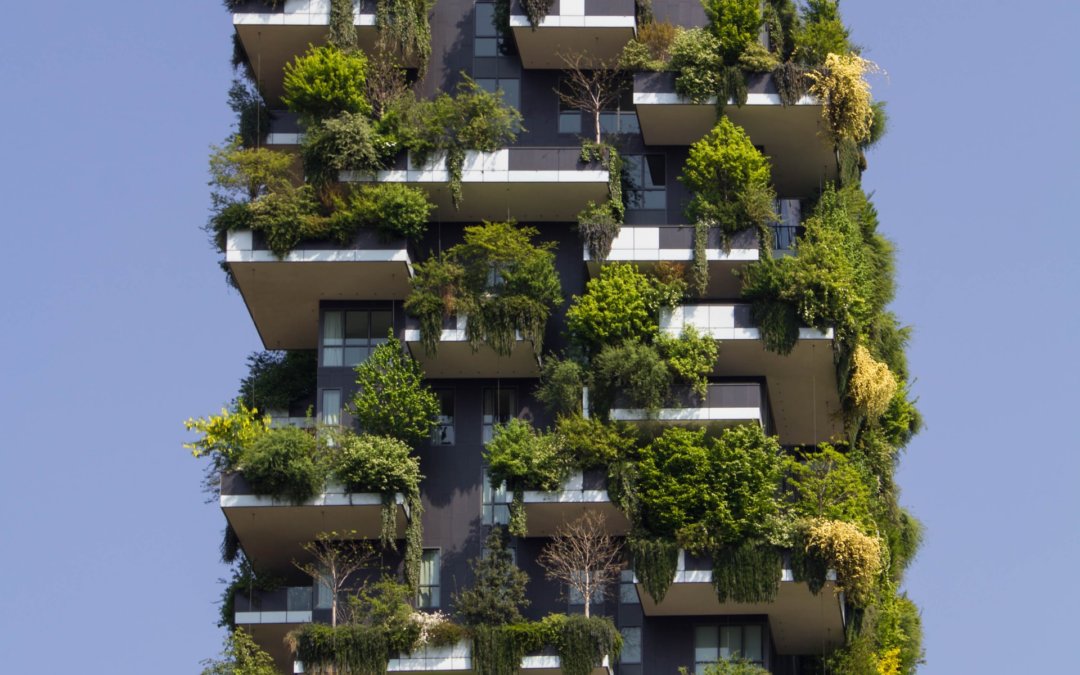Being sustainable has been a growing trend over the years, and it’ll continue to do so as the number of people looking to be environmentally friendly increases. “Going green” can no longer be considered a niche trend, but rather an expectation set by consumers for companies to abide by no matter the market. This includes, but is not limited to: sports leagues, automotive dealerships, government, retail, and real estate. Because of this expectation, having an environmental improvement objective in place while the real estate industry grows and expands will assist in keeping it prepared for these standards.
How does someone stay sustainable in real estate?
To put it simply, sustainability in real estate is to build with the intent of endurance and value for the property. Now, anything that’s built should be built as something that will not only be occupied today, but also years into the future. Doing so delivers an acceptable return for any investors in the property. While endurance means ensuring a property will be around for a long time, the property’s value is judged by a property’s occupancy, the cost of rent, the length of its leases, and the covenant strength of the property.
Investing in sustainable features like energy-efficient appliances or windows will increase the value of the property, but the National Association of Homebuilders has shown that people looking to buy a home can—and will—pay more for these features.
Being energy-efficient isn’t only limited to new properties that are built. Real estate investors can take older homes and easily make them environmentally sustainable. Some ways to do this include:
- Caulking and insulating exterior windows and doors
- Installing energy-efficient appliances
- Painting with eco-friendly paint containing no VOC emissions
- Maintaining/insulating the water heater
- Installing a drain-water heat recovery system
- Switching to energy-efficient lighting, like LED lights
Outside of features, real estate investors should also consider local environmental factors. Keeping these in mind will make the property more attractive to future renters. Low-water landscaping, being able to walk to destinations, easily accessible public transit, community gardens, bike-sharing, and on-site recycling programs are sure to attract some renters to the property.

